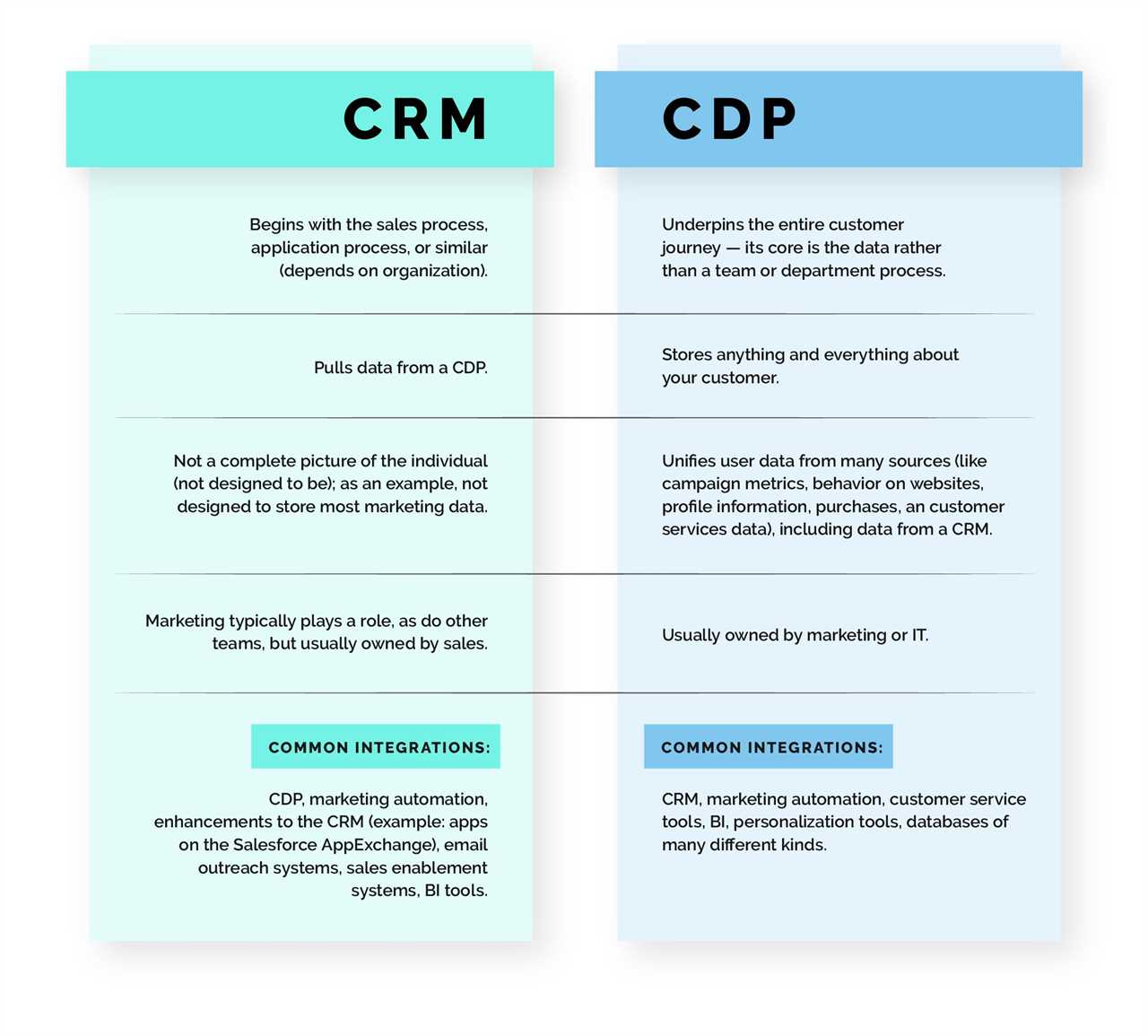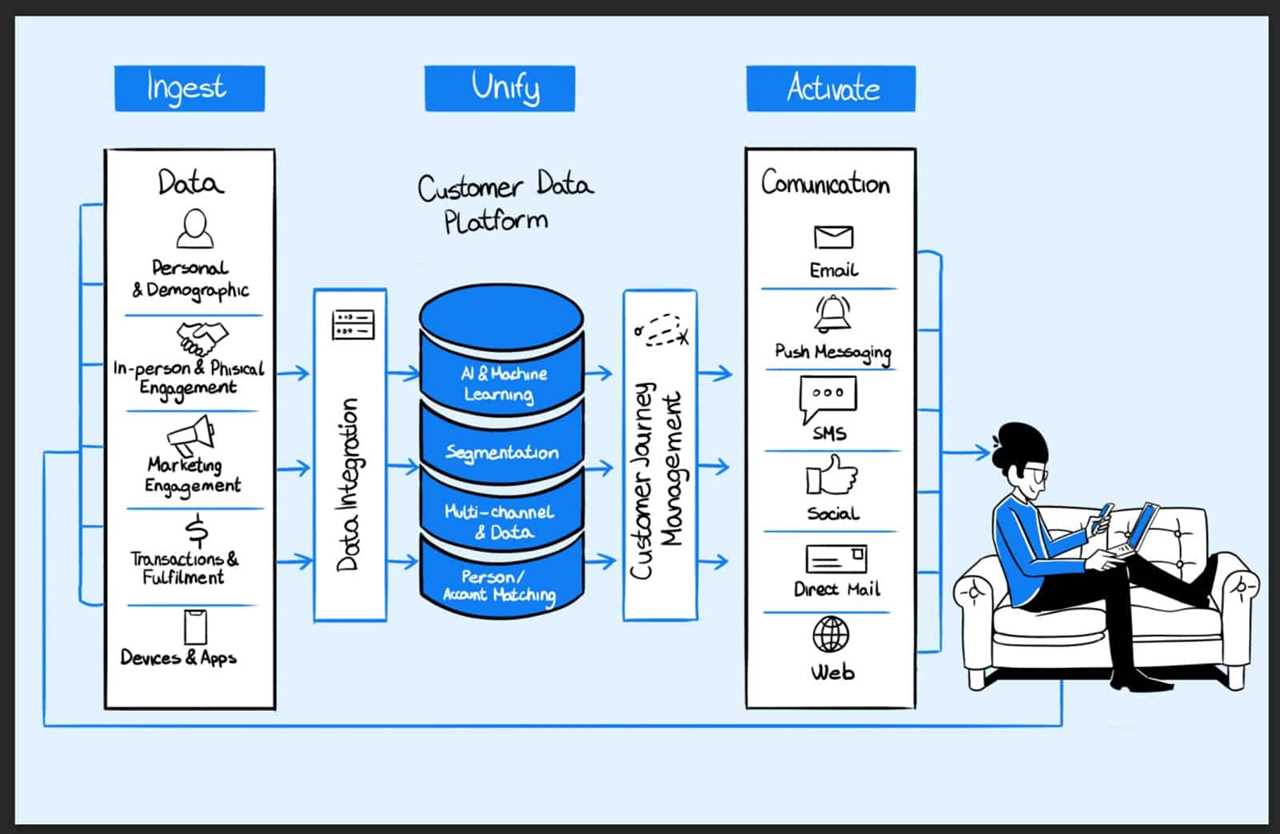Marketing leaders today are expected to deliver results backed by data, not assumptions. Audiences don’t respond to generic campaigns anymore, and decision-makers want proof that their investments are paying off.
To meet these expectations, many organizations are turning to Customer Data Platforms (CDPs). By consolidating information from multiple sources into one system, CDPs make it possible to build stronger campaigns, improve targeting, and support measurable growth.
CDP marketing strategies are becoming a huge part of data-driven marketing because they connect the dots between customer interactions and business outcomes. Instead of guessing what audiences want, companies can act on the insights that reflect real behavior.
Quick Takeaways
- CDPs unify customer information from different systems into one place.
- Data-driven marketing becomes more effective with accurate, accessible insights.
- Segmentation allows for tailored campaigns across different audiences.
- Privacy and compliance can be managed more easily within CDPs.
- Long-term growth comes from turning data into repeatable strategies.
What a CDP Does
Customer Data Platforms are designed to collect and organize information from multiple touchpoints. This includes data from websites, email, social channels, apps, and sales interactions. Once the information is unified, teams have a single view that shows how audiences engage over time.
What makes CDPs different from other systems is their accessibility.
They are built for marketing teams, not just IT or analytics specialists. This means marketers can act on insights without relying on multiple departments to provide reports. When data is both accurate and usable, campaigns become faster to launch and easier to measure.

Image source
The Link Between CDPs and Data-Driven Marketing
Data-driven marketing requires decisions to be backed by evidence. Without a reliable system, information is often incomplete or scattered across different platforms. CDPs solve this problem by centralizing everything and making it easy to analyze.
When teams have access to better data, they can:
- Create targeted campaigns that speak to specific groups
- Measure performance across every channel
- Adjust strategies in real time based on outcomes
This shift reduces wasted spend on broad campaigns and increases return on investment. By relying on facts instead of assumptions, businesses can build more effective strategies and strengthen their competitive position.
Building Stronger Segmentation
One of the most practical benefits of CDPs is segmentation. Instead of sending the same message to everyone, teams can group audiences by shared characteristics or behaviors. This could mean segmenting by purchase history, engagement level, or channel preference.
Examples of Segmentation Benefits
- Improving open and click rates in email campaigns
- Delivering offers to audiences most likely to convert
- Reducing fatigue by limiting irrelevant outreach
- Supporting cross-sell and upsell strategies with accuracy
Segmentation does not just personalize content. It ensures campaigns are reaching the right people at the right time. Over time, this leads to stronger engagement and better outcomes across channels.

Image source
Turning Data Into Action
Collecting information is only the first step.
The true value of CDPs comes from applying insights in daily campaigns. Marketing teams can use unified records to design campaigns that reflect real behavior, not assumptions. For example, if data shows that audiences engage more with educational content before making a purchase, teams can prioritize those assets in nurturing workflows.
Because CDPs often integrate with existing platforms, the insights are actionable without requiring an entirely new system.
Campaigns in email, advertising, and social platforms can all be powered by the same central data, which reduces duplication and keeps strategies aligned.
Measure Where It Counts
One of the most consistent challenges for marketing leaders is linking activity to outcomes.
Without accurate reporting, it’s difficult to prove the impact of campaigns. CDPs improve measurement by connecting each engagement to a unified profile. This means metrics are not just isolated numbers but part of a larger picture that shows how audiences move through the funnel.
Clear measurement also supports better decision-making. Instead of waiting for long reporting cycles, teams can see results quickly and make adjustments. This real-time visibility reduces waste and helps budgets work harder.
What About Compliance and Data Privacy?
Data privacy continues to be a priority for businesses and audiences alike. Regulations require companies to manage personal information carefully, and CDPs help by creating a single environment for compliance. Consent preferences, data deletion requests, and other requirements can be handled within the platform instead of being scattered across multiple systems.
This not only reduces risk but also builds trust with audiences. When people know their information is being handled responsibly, they are more likely to engage with a brand and remain connected over time.
Issues That Arise When Adopting CDPs
While the benefits of CDPs are clear, adopting them can come with challenges. Organizations may face hurdles with data quality, integration, or adoption across teams. Success depends on planning and clear strategy. The challenges to address:
- Making sure information from different systems is clean and consistent
- Training teams to use CDPs effectively
- Integrating platforms without disrupting current workflows
- Aligning marketing and IT to manage both data and access
Addressing these challenges early helps organizations avoid delays and ensures CDPs deliver value quickly.
Long-Term Impact of CDP Marketing Strategies
CDPs are not just tools for campaign execution. Over time, they change how organizations approach marketing strategy. Data-driven decisions become part of daily operations, and long-term planning is guided by facts rather than assumptions.
This long-term view supports:
- Consistent messaging across all channels
- Better alignment between marketing and sales
- Scalable growth that adapts to changing audience behavior
Organizations that fully integrate CDP marketing strategies into their operations are better positioned to compete in markets where data accuracy and agility make the difference between success and wasted spend.
Moving Forward With Data-Driven Marketing
Customer Data Platforms represent a shift in how organizations approach marketing. By unifying data, enabling segmentation, and supporting real-time decisions, they make data-driven marketing practical and sustainable. Companies that invest in CDPs are not just improving campaigns—they are creating a foundation for long-term success.
Data is no longer optional in marketing. Accuracy, accessibility, and actionability determine how well businesses can compete. With a strong CDP strategy, marketing teams can build stronger connections with audiences, improve efficiency, and demonstrate measurable results.
If you are ready to get more traffic to your site with quality content that’s consistently published, check out our Content Builder Service and set up a consultation. Get started today and generate more traffic and leads for your business.
Read More
By: Lauren Basiura
Title: Utilizing Customer Data Platforms (CDPs) to Drive Marketing Success
Sourced From: marketinginsidergroup.com/marketing-strategy/utilizing-customer-data-platforms-cdps-to-drive-marketing-success/
Published Date: Tue, 28 Oct 2025 10:00:25 +0000
.png)





